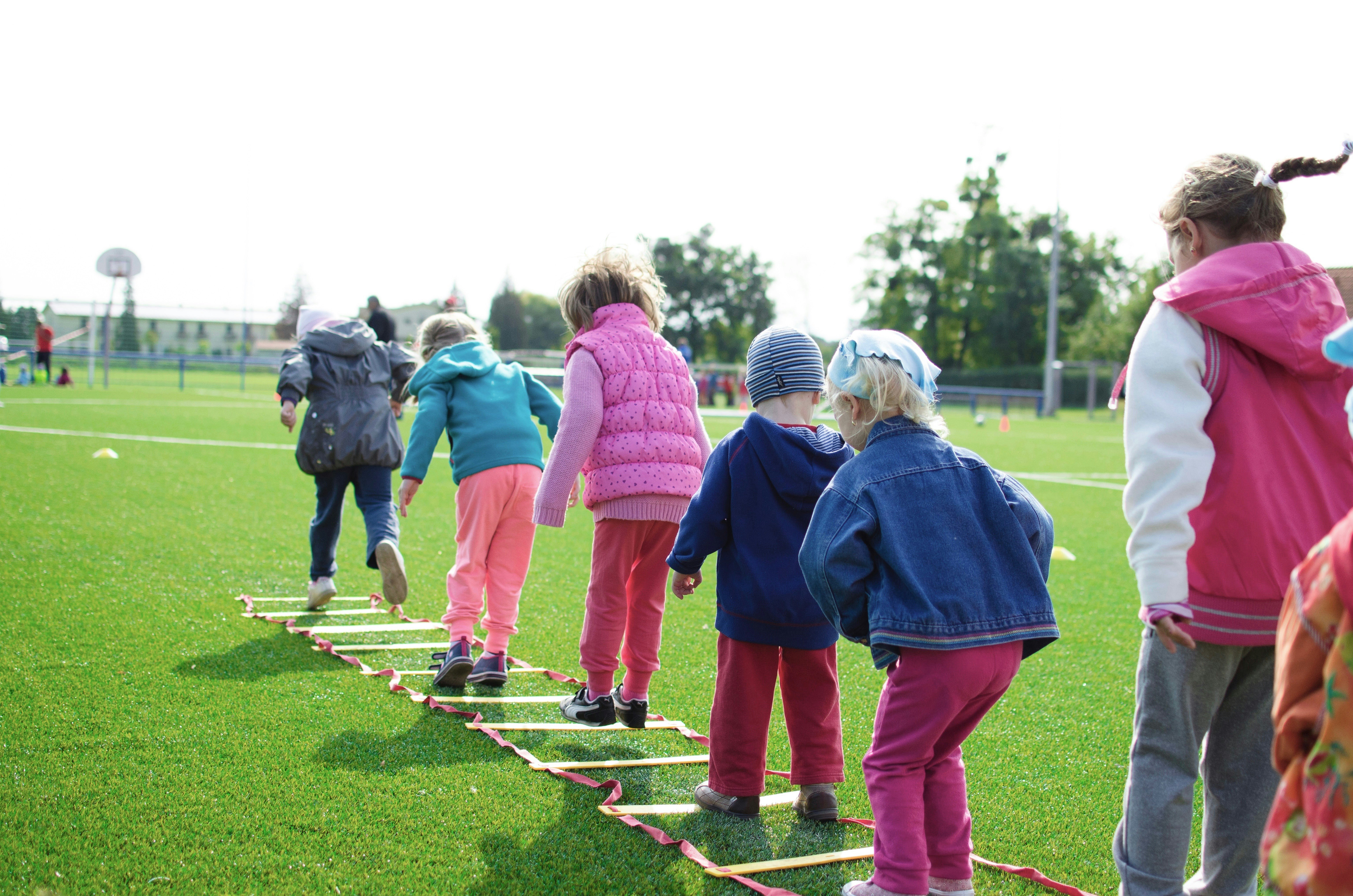
Jun 10, 2018
Coding has been a hot topic for years. While the benefits are clear, not every student has access to computer-based resources. Luckily, tutors don’t need computers to teach their students how to code – here are some ways to move learning offline.
It’s no secret that young learners reap the rewards of coding. Critical and computational thinking, problem solving, and encouraging creativity are just some of the benefits available to kids who learn coding early on.
That said, coding can seem exclusionary; only available to those who can afford computers, programs, and specialized educators. Sometimes referred to as the next required foreign language, yet only offered by one out of 10 schools, it’s important for students to find a way to get access to coding on their own time.
While computer-based coding is certainly a great option, it’s not the only pathway. Tutors can take advantage of affordable (or even free) offline opportunities that provides students with access to skill building, vocabulary, concepts, and coding.
1. Printables
While the activity of coding itself may not take place on a computer, tutors can take advantage of the plethora of free resources online. Whether looking for a standalone exercise or an ongoing series, the options available are seemingly endless.
One popular choice is CS Unplugged, which offers unit plans, lessons, curriculum integration, and programming challenges for ages 5-14. Activities based on topics like binary numbers, algorithms, and error detection and correction are paired with curriculum integration options like math, art, literacy, science, and performing arts.
A quick Google search of “free coding printables” will give tutors access to hundreds, if not thousands, of offline coding resources.
2. Board Games
Board games are the perfect way to show kids the fun and strategy of coding. Because it’s become such a popular topic, there is a spectrum of coding board games available for all ages and skill levels.
A couple of standout games include:
Robot Turtles (ages 4+)
· Designed for the youngest of learners, Robot Turtles uses cards to teach players how to program by creating a maze for their turtle to follow, collecting gems and avoiding obstacles. If a player makes mistake, they are able to go back and debug the issue.
CodingFarmers (ages 7+)
· Players have to help their character reach the farmhouse, making it past hurdles along the way. Action cards with typical English are paired with their matching Java code cards, helping students learn the programming language.
3. Physical Activity
Coding is a universal language that can be translated several different ways – even jumping.
In Finland, a popular activity to teach coding involves students clapping, stomping, and jumping to learn about loops. Small, simple changes, like closing their eyes, are used to express the concept of modifying sequences. Finland educators claim that explaining coding this way helps students understand that it’s not an isolated concept and is relevant across different aspects of their lives.
Obstacle courses are also opportunities for coding. Some educators have students write programs to get through the course, and then putting them to the test. If the students’ proposed methods don’t work, they can analyze, debug, and try again.
Incorporating movement into a coding lesson plan is the perfect way to get students engaged, excited, and ready to learn.
Computer-based coding is certainly an excellent resource for students and will hopefully one day be available for all learners. Until then, offline resources are a perfect substitute to teach students the language and concepts needed to one day be successful at coding in an online setting.
